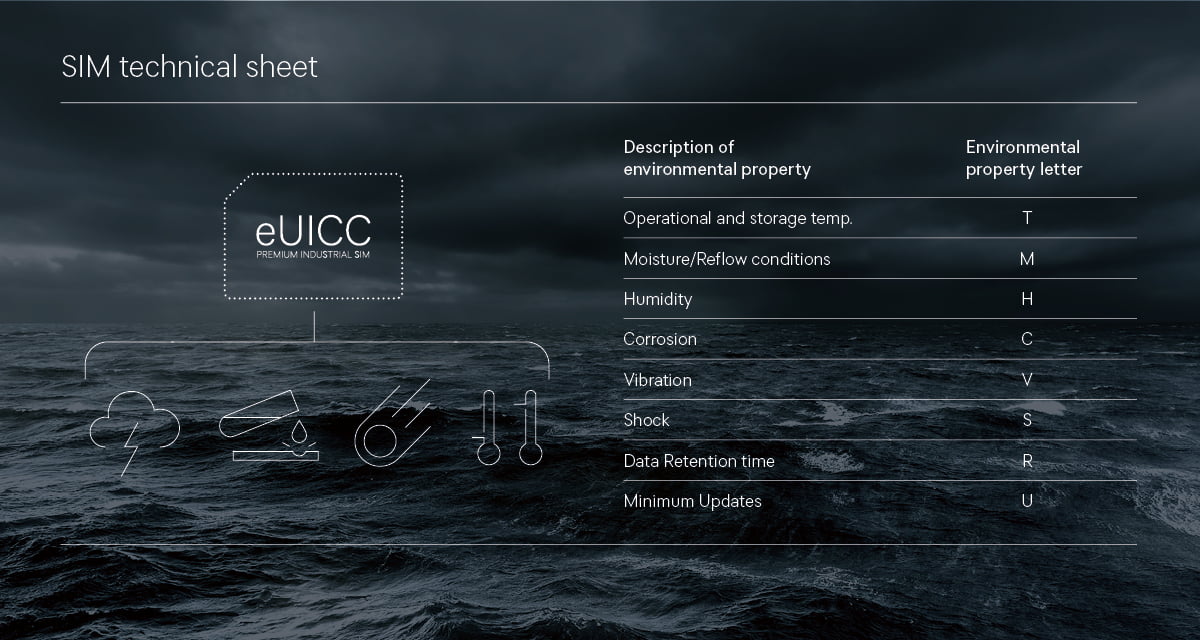Let’s break it down some more: since the start of cellular IoT, when it was still referred to as M2M, IoT devices relying on cellular networks for connectivity have used traditional “UICC” SIM Cards (Universal Integrated Circuit Card). UICC SIMs are “static”, meaning that after manufacturing there is no way to replace the operator on the SIM. In the recent years however, technology advances have brought us the next generation of SIM Cards, namely the eUICC SIM (Embedded Universal Integrated Circuit Card).
With eUICC, it’s no longer ‘put the SIM card in the device, and what it is at deployment is what you get for the rest of the device’s lifetime’ – eUICC SIMs take things up a few notches: you can download profiles, change operator, or even have multiple operators on the same SIM, something that isn’t possible with traditional UICC SIMs. The capabilities of eUICC SIMs are revolutionary for the IoT market – and the most secure eUICC formfactor on the IoT market today is the embedded SIM.
A single SIM for multiple global deployments
Previously, when deploying IoT with traditional UICC SIMs, you needed to understand where your devices would end up in the world so you could install SIM cards with the carrier profile needed to operate in those regions. This could cause complications in your supply chain because managing different SIM with different operators would add significant complexity to your manufacturing and logistic process. With eUICC, once your devices are out in the field, remote provisioning allows you to set them up with the carrier profiles best suited to serve your connectivity needs. So, instead of having multiple different SIM cards in the same device in order to, for example, facilitate optimal roaming in different markets, eUICC means you need just one SIM that enables you to activate the optimal profile for the country you’re in even after deployment.
Additional profiles can be downloaded and managed remotely throughout the device’s life cycle and you can change your operator or service provider without having to physically change out your SIM cards, something that can be both costly and logistically challenging, particularly for enterprises who have large-scale, global IoT deployments, as well as those who have deployed hard-to-reach devices. Additionally, eUICC SIMs are available in all standard form factors, meaning that switching to eUICC-enabled SIM cards is possible without the need to completely change your device.
The difference between eSIM and eUICC
To put it in the simplest of terms, an eSIM is a single virtual SIM card that takes advantage of eUICC’s capabilities.
While eUICC and eSIM share common goals, their specific functions, features, and applications in IoT differ. eSIM is a virtual SIM card embedded in devices, while eUICC is the technology that enables eSIM’s remote management capabilities. In other words, eUICC is the foundation that makes eSIM technology possible. Additionally, eUICC is designed to store multiple SIM profiles, allowing for seamless switching between different MNOs, whereas eSIM is a single virtual SIM card that takes advantage of eUICC’s capabilities.



